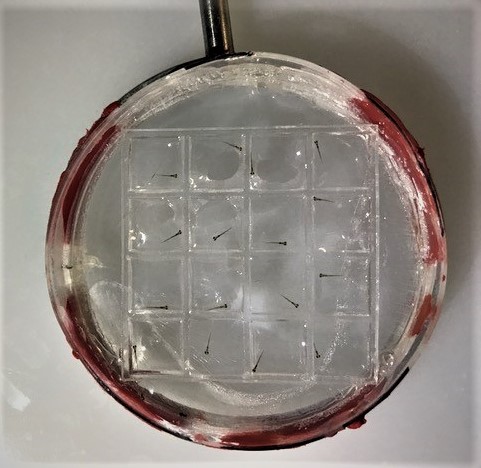Episode 41, 4/4/22
Use of Fluridone in Lakes

In a study recently published in the journal, “Aquatic Toxicology,” researchers found that while concentrations of the herbicide fluridone similar to those used when it’s applied to lakes to control Eurasian watermilfoil and hydrilla did not kill fathead minnows, it can impact fish health in more subtle ways.
Fluridone is one of the major active ingredients in commercial aquatic herbicides. It affects the entire plant by inhibiting its ability to photosynthesize, which eventually leads to death. The Wisconsin Department of Natural Resources is interested in using herbicides containing fluridone as an alternative to those containing 2,4-D, which preliminary research has found can be toxic to fish.

Gavin Dehnert. Image credit: Wisconsin Sea Grant

Eurasian watermilfoil is an invasive water plant that grows so densely it can make boating, fishing and swimming unpleasant and difficult. Image credit: Gavin Dehnert, Wisconsin Sea Grant

Larval fathead minnows were tested for impacts from the aquatic herbicide fluridone. Image credit: Gavin Dehnert, Wisconsin Sea Grant
Thanks to our guest
Gavin Dehnert – Wisconsin Sea Grant
Credits

Marie Zhuikov | Host
Senior Science Communicator
What I do at Sea Grant
Marie writes about Great Lakes water issues, Sea Grant activities and research. She also works on podcasts, oversees the Wisconsin Sea Grant blog, and takes photos. She works in collaboration with program scientists, outreach specialists and institute staff to build water science literacy. Prior to joining Wisconsin Sea Grant in 2012, Marie worked for Minnesota Sea Grant for 15 years.


